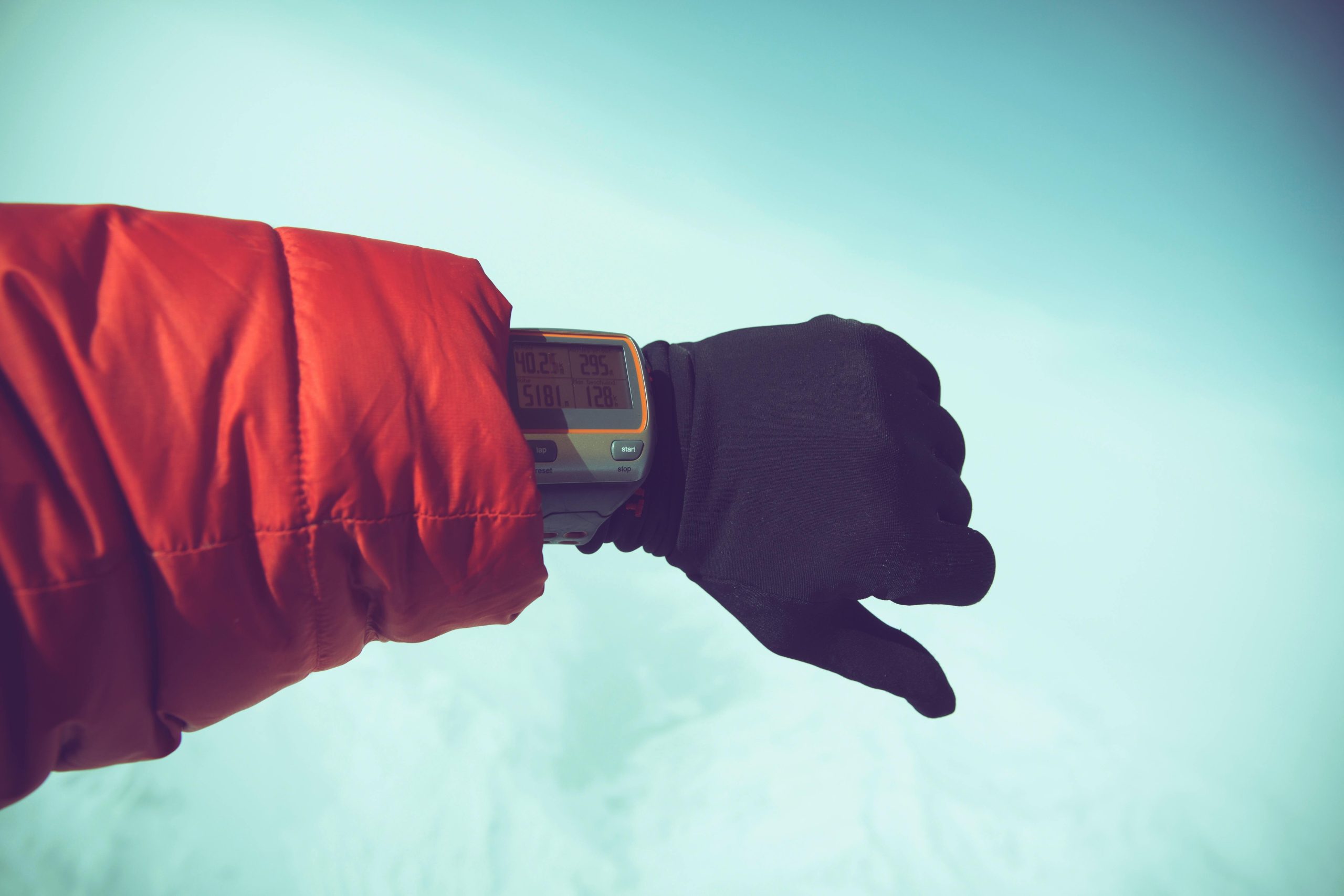Ever found yourself halfway up a mountain, wondering just how high you are? Yeah, altitude can be unpredictable—unless you’ve got a watch altimeter on your wrist.
In this post, we’ll dive into the world of watch altimeters, uncovering why they’re an adventurer’s best friend and how you can snag the perfect one. We’ll break down their functionality, share actionable buying tips, and even throw in some brutally honest advice about what not to do. You’ll also get expert examples and answers to common FAQs so your next climb is as smooth as your gear choices.
Table of Contents
- Key Takeaways
- What Exactly Is a Watch Altimeter?
- How Does a Watch Altimeter Work?
- Top Tips for Buying the Best Watch Altimeter
- Real-Life Adventures Enhanced by Watch Altimeters
- FAQs About Watch Altimeters
Key Takeaways
- A watch altimeter uses barometric pressure to measure altitude changes.
- Accuracy depends on calibration and environmental conditions.
- Opt for models with GPS integration if precision matters most to you.
- Avoid cheap knockoffs—they compromise accuracy and durability.
- Pair it with other wearable tech for maximum outdoor utility.
What Exactly Is a Watch Altimeter?

A watch altimeter isn’t just another gadget; it’s your ticket to mastering mountains, hiking trails, and even urban hikes where skyscrapers mock traditional maps. Unlike basic watches or smartphone apps that struggle without signal, these specialized devices rely on atmospheric pressure sensors to calculate elevation gains and losses—no Wi-Fi required.
Confession: Once upon a trek through the Rockies, I underestimated my ascent because Google Maps kept glitching due to poor reception. Lesson learned: A reliable watch altimeter could’ve saved hours of frustration and a few wrong turns.
How Does a Watch Altimeter Work?
Let me geek out for a second here—the science behind a watch altimeter feels like magic mixed with physics class. Here’s the rundown:
- Pressure Sensing: The device monitors shifts in barometric pressure.
- Data Analysis: Algorithms translate those readings into height measurements.
- Environmental Calibration: Users often need to calibrate at known altitudes (e.g., trailhead signs).
Grumpy Optimist Dialogue:
Optimist You: *“So basically, it tells me when I’m closer to space?”*
Grumpy You: *“Closer to oxygen debt, maybe—but yeah, same idea.”*
Top Tips for Buying the Best Watch Altimeter
Tip #1: Prioritize Accuracy Over Bells and Whistles
That flashy display won’t matter much if it misreads your summit selfie spot by 300 feet. Look for brands known for sensor reliability over flashy extras.
Tip #2: Check Battery Life
Nothing screams “adventure fail” louder than running out of juice mid-climb. Optimal battery life? At least 20 hours of continuous use.
Tip #3: Invest in Durability
The wilderness does NOT care about fragile gadgets. Water resistance, shockproof casing—it all counts.
Terrible Tip Disclaimer:
Buying the cheapest option online? Chef’s kiss disaster waiting to happen. Cheap = sketchy results + quick breakdowns.
Real-Life Adventures Enhanced by Watch Altimeters

Take Sarah, a seasoned mountaineer who recently conquered Mount Rainier using her trusty Suunto Core Alu. She swears by its consistent readings, claiming it was vital during periods of cloud cover when landmarks vanished completely.
FAQs About Watch Altimeters
Do Watch Altimeters Need Regular Calibration?
Yes! Even small fluctuations in weather patterns can throw off accuracy. Always recalibrate before big trips.
Are They Only Useful for Hiking?
Nope! From skiing to paragliding, activities involving vertical movement benefit massively from precise altitude tracking.
Can Smartwatches Replace Dedicated Watch Altimeters?
Some models come close, but dedicated ones still reign supreme in harsh environments.
Conclusion
Your adventures deserve better than guesswork when tackling new heights. With a solid understanding of how to pick and use a watch altimeter, you’re ready to elevate every expedition literally and figuratively. Now go forth—and conquer!
“Like a Tamagotchi, your adventure tech needs daily TLC. Feed it properly, and it’ll never leave you stranded.”


